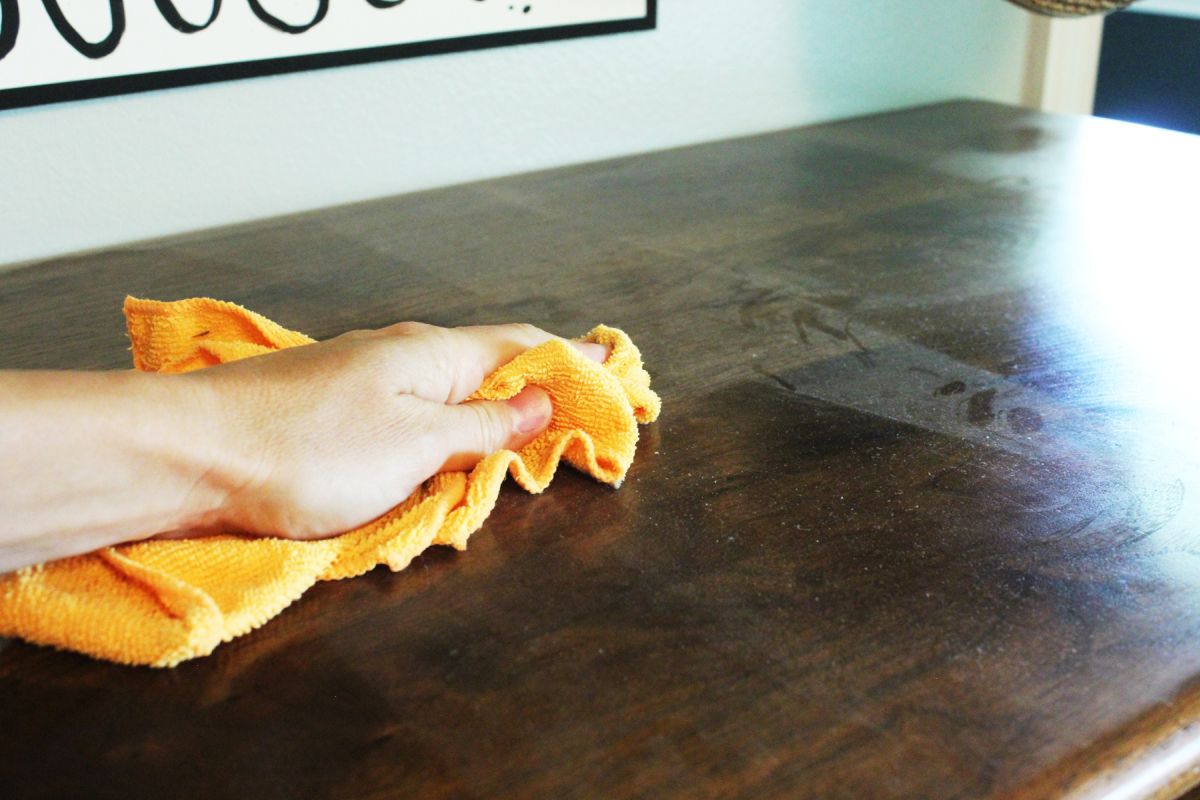
Introduction
Antique furniture is more than just decoration—it’s living history. Every drawer pull, carved leg, and worn surface tells a story of craftsmanship and the generations who used it before us. Unlike modern pieces, antiques require thoughtful care to preserve their beauty, functionality, and value. The good news is that with some simple, consistent habits, your antiques can remain both useful and stunning for many years to come.
Understanding Antique Furniture
Antiques differ from modern furniture in both materials and finishes. Woods like mahogany, cherry, walnut, and maple age in unique ways, developing the warm patina that collectors prize. Over-cleaning or refinishing can erase that history, so the goal is always preservation rather than making a piece look “brand new.” Vulnerabilities such as sun fading, humidity, and wear on joints need to be respected if you want your furniture to last.
Everyday Care Practices
The simplest care is often the most effective. Regular dusting with a soft, lint-free cloth will keep dirt from building up in cracks and carvings. Avoid commercial sprays and silicone-based products that can damage old finishes. Placement is equally important—keep your antiques away from heat vents, radiators, and direct sunlight to prevent cracking, drying, or fading.
Cleaning Antique Furniture
When deeper cleaning is needed, less is more. A lightly dampened cloth with mild soap and water can help with surface dirt, but always dry immediately to avoid water damage. Upholstered antiques benefit from gentle vacuuming with a brush attachment, while deep cleaning is best left to professionals who specialize in historic fabrics.
Polishing and Waxing
For most antique woods, paste wax remains the gold standard. A thin application once or twice a year offers both protection and a soft luster. Avoid oil polishes and sprays—they may make the surface shiny at first, but over time they can soften finishes or leave residues. Remember: waxing preserves, polishing often disguises.
Climate and Environmental Considerations
Wood expands and contracts with changes in humidity, which can loosen joints or crack veneers. A stable environment—ideally around 40–55% humidity—is best. Sunlight is another silent enemy, slowly bleaching finishes and fabrics. Position your antiques thoughtfully, and consider using window treatments or UV-filtering glass if you display them near natural light.
Handling and Moving Antiques
Moving antiques requires extra care. Always lift pieces rather than dragging them, and avoid carrying tables by their tops or chairs by their arms—these are stress points that can crack under pressure. If a piece comes apart safely, disassemble it before moving, and use padding to protect delicate edges and veneers.
Common Repairs and When to Call a Professional
Tightening a loose screw or replacing a missing felt pad is easy enough, but structural repairs, veneer reattachments, or finish restoration are best left to professionals. Amateur fixes with modern glues or finishes can hurt both the integrity and value of a piece. When in doubt, consult a conservator or trusted restorer.
Long-Term Preservation Tips
Get in the habit of inspecting your furniture regularly for signs of wear, pests, or damage. Documenting the history of your piece—where it came from, when you acquired it, and any repairs made—adds to its provenance and value. Most importantly, don’t be afraid to live with your antiques. With proper care, they can be enjoyed every day while still standing the test of time.
Conclusion
Antique furniture bridges the past and the present, allowing us to bring history into our daily lives. With consistent care—dusting, waxing, protecting from climate extremes—you’ll not only preserve your pieces but also ensure their stories continue to be told. Treat them as the functional works of art they are, and they’ll remain treasures for generations.


